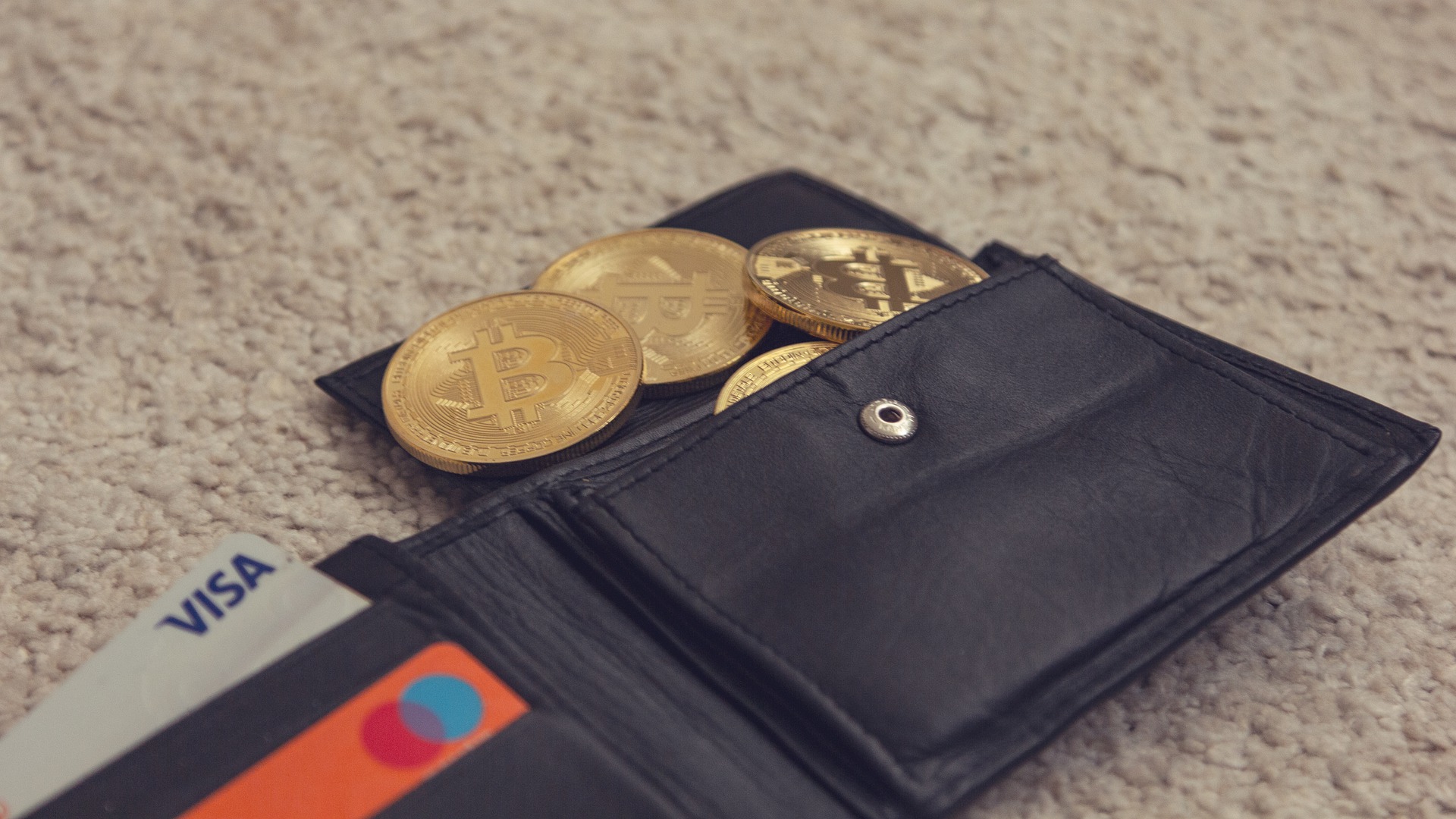
One of the worries that many cryptocurrency investors constantly have is losing all their coins in a cyberattack or an online heist of a cryptocurrency exchange.
Unlike a bank, which can be counted on – most of the time, at least – to hold your fiat money safely, there is no such middleman when it comes to cryptocurrency.
That means you need another way to connect to and transact with the blockchain that holds a record of everyone’s coins in that cryptocurrency. This is what a virtual wallet does.
Now this wallet doesn’t hold any virtual coins. It just holds the encryption keys that enable you to get into your “account” that holds the funds and transaction history.
As you can imagine, securing this wallet is of topmost priority. Lose it and you can basically say goodbye to your coins. The same, if you let someone else steal it.
The default place where your wallet is set up is usually with the exchange where you first bought some cryptocurrency. This makes it easy to trade if you do so regularly.
However, exchanges have often been attacked of late, and millions of dollars have been stolen as a result. It’s not easy to hack an exchange, to be fair, but it is a juicy target, just like banks are to robbers.

One advice that many crypto experts will offer is to get a hardware wallet if you are in for the long haul and don’t need to access the wallet to trade frequently.
With a device that’s rather like a USB flash drive, you can store the keys you need to access a good range of crypto assets and tokens. So, instead of storing your wallet on the exchange, you have it on a piece of hardware that you can safely keep at home.
This means the device is not susceptible to the attacks you see on exchanges. Nor is it vulnerable to keyloggers and phishing attempts that aim to steal data from software wallets that can be installed on your PC or phone.
A hardware wallet is a bit more troublesome when it comes to setting up – you have to download the required software onto the device and plug it into your PC to use. Plus, the flash drive-like device costs from about S$100 for one from Ledger, for example.
Once set up, however, you can protect your crypto assets much more securely. To access the wallet, you usually need to enter a PIN. Make sure this is something you note down properly, whether on a piece of paper or other medium (not on your PC!).
You should have the option to set up a recovery phrase or code to get back into the wallet. Make sure you keep this in a safe place, just like the recovery codes for your Instagram or Google accounts.
What happens if the hardware breaks down? You can still use the PIN or recovery code to get back to your wallet and then set that up on a new piece of hardware.
Increasingly, many users are also using mobile wallets as a quick way to get to their crypto assets or to trade. Like your banking apps, these can be made more secure though you do have to worry that your phone gets lost, for example.
That’s not to mention malware that targets your mobile wallet since the phone is always connected to the Net, unlike a hardware wallet that is removed from your PC when not in use.
Of course, you can also opt for the most “hardcore” option – paper. Yes, you can print out private key to access your coins from this paper wallet. It can be stored away in a safe.
This is secure against hacking because it’s offline. However, if water gets spilled on it, or if the ink fades, there goes all your coins. That’s not to mention unexpected incidents, such as fire, for example.
It’s a good idea to have a copy in a second location if you’re doing this. Due to its vulnerability, you probably shouldn’t have a paper wallet holding large amounts of assets.














